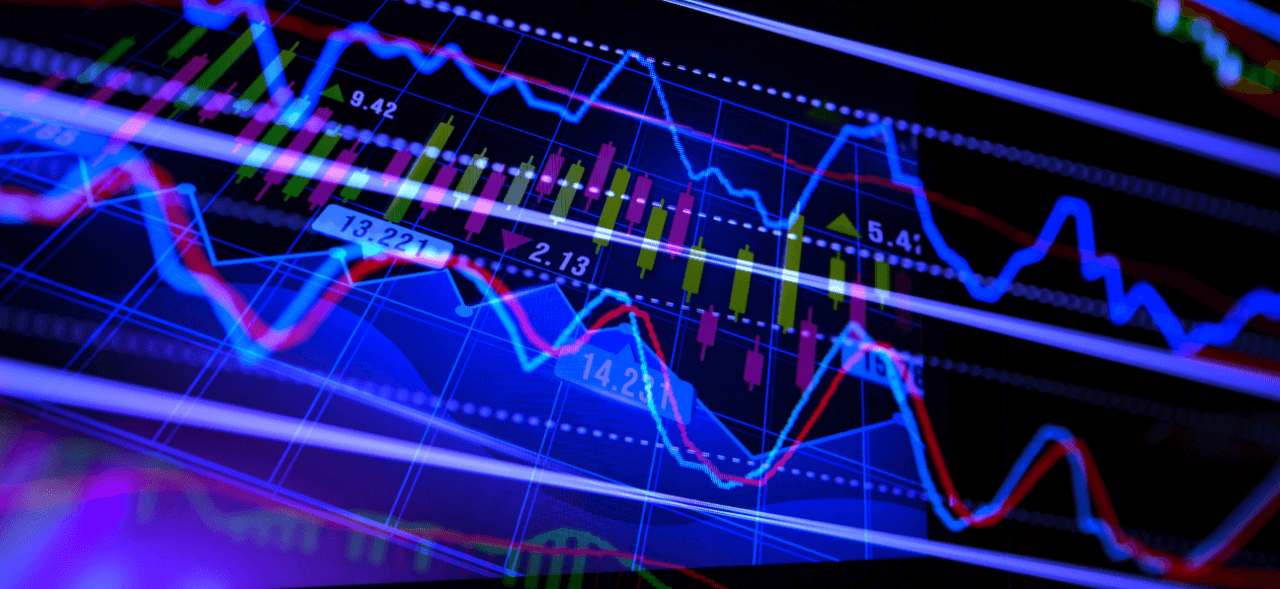In the fast paced world of CFD, where markets tend to get up and down most of the time, knowing their trends and likely price moves is important for making money. Most traders tend to use only the basic tools for their trade activities like moving averages or trendlines, and very few even consider or have the luxury of using advanced technical indicators in market analysis. Learning the details of these tools can give deeper insight and an edge against others in this world of dynamic making decisions by traders.
One of their greatest indicators that most of the experienced traders rely on might be the Relative Strength Index or simply RSI. RSI identifies speed and change of movements of price, which are pertinent in ascertaining overbought or oversold conditions in the market. An RSI value above a threshold of 70 is considered indicative of overbought conditions which are highly likely to bring about price correction, while values that fall below 30 are considered oversold and indicative of a likely change of trend. Since the CFD market offers traders a lot of opportunities in terms of fluctuations, even the slight ones, understanding the trends of RSI assists the traders in timing their inputs and outputs.
Ichimoku Cloud is yet another wonderful tool and pretty much an all inclusive indicator as it has several components that present a visible image of the support and resistance levels, trend direction, and the current momentum. At first glance, it looks very complicated at first sight, but really, Ichimoku makes any decision very easy; it is so straightforward that someone would see the specific visual cues. With the price being above the cloud, it indicates a bullish trend, with the prices below indicating bearish sentiment. In determining trend strength, the thickness of the cloud would establish the strength of the said trends, often helping traders ascertain market conviction and avoid false breakouts.
Another of the more advanced indicators is the Average Directional Index (ADX), which measures the strength of a trend. Where other tools concentrate on price movement direction as solely defined parameters, ADX centers on whether a trend is gaining or losing momentum. Above 25 implies a strong trend; anything below indicates a ranging market. The distinction in this is critical in CFD trading, within which the diverse strategies such as trend-following and range trading would prevail under different conditions.
Volume indicators such as On-Balance Volume (OBV) are also important when analyzing the market. OBV shows how the volume compares with the price movement to know whether the trend is being invigorated by healthy participation. For instance, if a price goes up when volume surges by a little, then the uptrend is confirmed. If the price goes up with declining volume, the momentum weakening may be reported. In conjunction with price action, OBV trading helps validate breakout and breakdown potential, lending to better effectiveness in decision making.
Tools like the Commodity Channel Index (CCI), for example, will prove useful for CFD traders across multiple asset classes. CCI denotes the overbought and oversold levels of an asset concerning its average price. Though it may most frequently be mentioned in conversations about commodities because of its adaptability to stocks, forex, and the indices, it can be used in CFD trading to recognize extremes that could otherwise be profitable short term trading opportunities in capital markets.
And once you can master using all the advanced indicators into the system, then you need to work with all other methodologies. Each tool is good for a particular insight, but brought together, they can prove to be wiser. For example, a trader may cross-check an overbought condition with the ADX to see if it coincides with the strong trend. An Ichimoku Cloud overlaid on a chart with OBV may show common areas reducing false signals.
For working with sharp technical indicators, CFD trading expresses the versatility and dynamic fast-paced changes that probably may affect the complex such that it becomes applicable for the trader. This understanding and application of this technique will give traders a tool to decipher the market better as far as strategy refinement is concerned so that they can better be prepared for progressive engagement.




